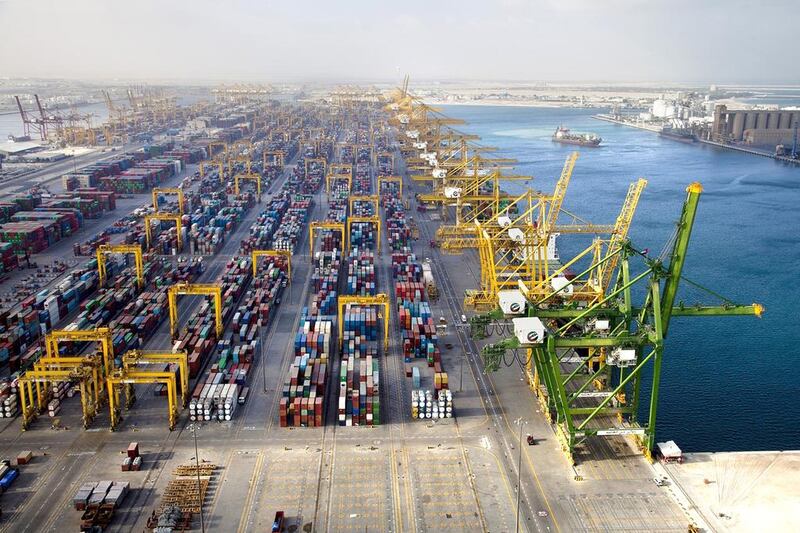Saudi Arabia can become the logistics hub of the Gulf region, as it is already heavily reliant on imports and will need to ramp this up even further to meet its National Transformation Plan, according to a new study.
Research consultancy Solidiance has published a new white paper which states that the logistics market within the six GCC counties was worth US$47 billion last year, and that Saudi Arabia, with a market size of $19bn, made up 43 per cent of that. The Saudi market had grown by $1bn per year over the preceding two years, and is set for much faster growth both as a result of its national transformation plan and the development of a borderless GCC customs union.
“With soaring trade volumes and a number of projects in the pipeline to improve freight infrastructure, Saudi Arabia is capable of outshining the United Arab Emirates’ (UAE) focus as the GCC’s main trading hub,” the report argued.
Overall, about 25 per cent of the GCC’s $47bn market is spent on warehousing, but of the $19bn spent in the Kingdom only 15 per cent is invested in warehousing, suggesting room for further growth.
Solidiance has said that opportunities are likely due to increasing consumption, and the creation of more new free trade zones in the Kingdom, such as the new 63 sq km industrial valley that makes up about one-third of the new King Abdullah Industrial City, which is served by the Kingdom’s first privately-run port, King Abdullah Port.
Solidiance also pointed out that Saudi Arabia imported 300 million tons of cargo in 2005, but that this is expected to treble to 900 million tons by 2020.
The UAE is the second-biggest market in terms of logistics, and Jebel Ali remains the region’s biggest port by some distance. Indeed, although the Saudi market is reporting significantly increased volumes, about 40 per cent of all inbound cargo traffic into the country arrives via the UAE. Solidiance said that the UAE’s logistics market size was worth about half ($9.4bn) of Saudi Arabia’s last year. It is also underweight in terms of revenue generated by warehousing (15 per cent), but massively overweight in terms of the amount earned by freight forwarding (60 per cent of total logistics revenue, compared to a GCC average of just 10 per cent).
The decline in global trade is affecting the UAE’s logistics sector. Dubai ports operator DP World announced in August that it is delaying further expansions to Jebel Ali Port as trade flowing through its UAE ports dropped by 7.4 per cent in the first half of 2016.
A new report by CBRE also said that the decline in oil prices had led to lower demand from oil & gas companies for industrial space, most notably in Abu Dhabi.
Despite this, CBRE’s UAE head of research and consulting, Mat Green, said: “While enquiries from downstream and upstream petroleum companies and its allied sectors have dropped away in recent quarters, this drop has been balanced by enquiries from international occupiers, which have remained relatively steady during the same period.”
It said the UAE government’s plan to raise the industrial sector’s contribution to the economy to 20 per cent by 2020 is likely to be a positive for its warehousing market in the longer term.
In terms of specific areas, the Jebel Ali Free Zone has witnessed a 15 per year-on-year cent decline in capital values, but rents have increased by 3 per cent and vacancy rates remain low at 5 per cent of total stock.
Abu Dhabi’s warehousing market has witnessed significantly lower demand due to reduced investment in oil and gas exploration, and many occupiers in the sector have been looking to sublet or sell off excess capacity to streamline operations.
CBRE said that the emirate’s greater reliance on the oil and gas market means market rents are likely to continue recent declines and vacancy rates will increase as new supply comes onto the market.
mfahy@thenational.ae
business@thenational.ae
Follow The National's Business section on Twitter







